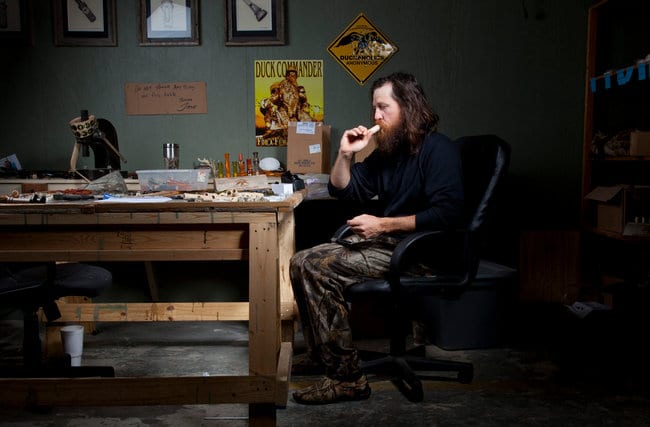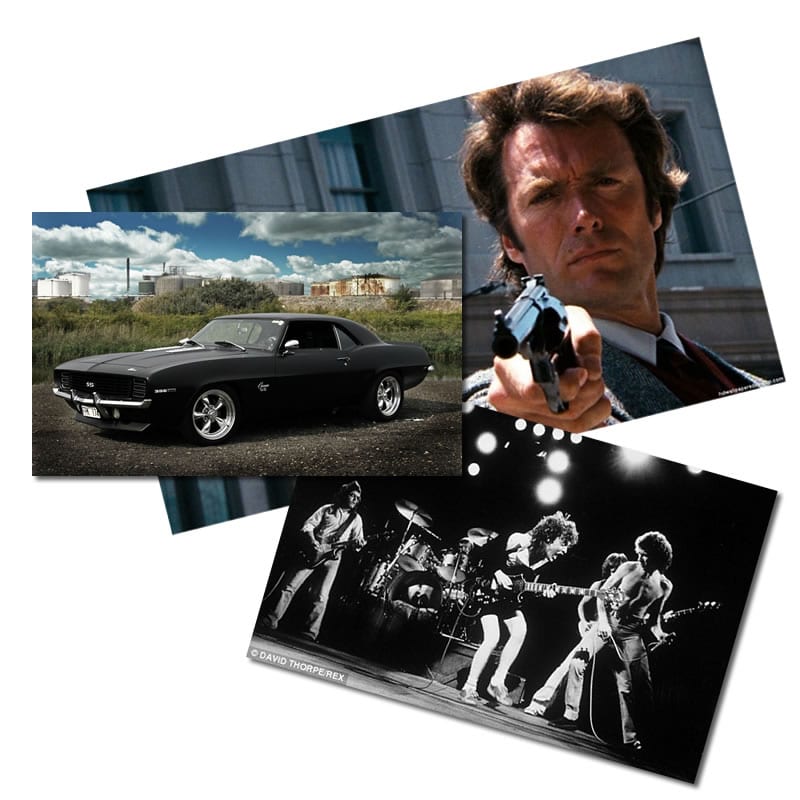
Brand voice is often misunderstood and encompasses a long list of steps to get it right. But it doesn’t have to be so exhaustive if you’re just starting out, or if you’re just looking to narrow the focus of your current brand to achieve greater differentiation in the marketplace.
Brand voice is not what you say in your copy, but how you say it. Just like your logo, imagery, font style, colors, booth design or the guy with the beard in your ad; brand voice helps your brand cut through the clutter and stand out against other competing hunting, firearms and outdoor brands.
This article assumes you’ve taken the time to research and create your buyer personas. If you don’t know what a buyer persona is or what that means, check out this article. In this post, I want to give you four simple steps to help you focus your brand voice.
“The art of marketing is the art of brand building. If you are not a brand you are a commodity. Then price is everything and the low-cost producer is the only winner.”
–Philip Kotler, Professor at the Kellogg School of Management
1. Go back to the beginning.
To figure out your brand voice, you need to go back to the beginning. Why was your company started? What problem does your products solve? What were the founder’s spark and reasons (besides making money) for going all in on their dream to bring your company to where it is today? This story, no matter how boring or exciting it is, creates the foundation for your brand’s voice which is a crucial starting point.
Action Item: Fill in the blank.
- My brand’s products solve ________ in the marketplace.
- I want my brand to make people feel _______.
- I want people to _______ when they come into contact with my brand.
- Three words that describe my brand are _______ , _______ , and _______.
- I don’t want my brand to be like________.
(Source: Muse)
Your brand can’t be something you’re not. Be true to who you are. There’s no one like you or the people who make up your company’s history and story.
2. Define your values.
You most likely have a grasp on your company culture. (Or if you’re just starting out, what you might like it to be someday.) A company’s values are typically on full display in meetings, Friday night after work and how people act when things go wrong. How do people respond to emails? What are some of the things hanging up around the office? Do the people who work in your office use the same colloquialisms, slang, and buzzwords? By mere observation, you can begin to pull out some of the values you all collectively share by the way you work.
A tone of voice both embodies and expresses the brand’s personality and the set of values. It’s about the people that make up the brand – the things that drive them, their loves and hates, and what they want to share with the world. (Source: Distilled)
Action Item: Reference Duck Dynasty
An excellent example of how to understand brand values is to watch an episode of Duck Dynasty. I chose Duck Commander because it’s a hunting company we all get to have an inside look at. It doesn’t take long to figure out what values Willie, Jase, Martin, Jep, Phil, and Godwin live by—and how those values integrate and define their company’s brand voice.
Action Item:
Think about the values that define your company then boil them down to three to four words. See the examples below:
• Apple: innovate, inspire, dream.
• Duck Commander: faith, family, ducks.
• Red Bull: adventure, try, adrenaline.
3. What does your brand look, act, and sound like?
To start bringing it all together, it’s important to relate your brand voice to real-world archetypes you already know and trust and by adding in your brand’s unique twist. Answer the questions below.
- If you could have a celebrity be your spokesperson for your company, who would it be?
- If your brand was a car, what car would it be?
- If your brand was a band? What would it sound like?
Example:
Our brand is Clint Eastwood, driving down the road in a ‘69 Camero Super Sport listening to AC/DC holding (enter your brand’s product).
By using this example, you can begin to shape your brand’s voice that creates real differentiation in the marketplace. Use this brand voice statement to inform your copywriters and designers to help them in their ideation and the creative direction of your brand.
4. Bring your brand to life in your copy and imagery.
Now that you know your company’s origins, the collective values of your people and have given it some real-world representation, it’s now time to integrate it into your copy and brand standards. Don’t get all hung up on doing this perfect right out of the gate. It will take time to perfect, but with a little practice, your brand’s voice will begin to take shape. It’s also helpful to think and identify other brands who have similar voices.
A word of caution. Always use correct grammar, punctuation, and spelling. Failure to do so will cause a piece of copy to come across as amateur and untrustworthy. Use a tool like Grammarly to perfect your writing.
Experiment and add in the below elements (if they align with your brand’s voice) after you’ve written a concise piece of copy.
- Use (and commit) to humor
- Sometimes swear words work (sparingly, of course)
- Add in your company’s slang words
- Use double negatives
- Be bold and opinionated
- Add in some creative or big vocabulary words
- Bold statements
- Descriptive analogies
- Use the same words consistently
- Use pronouns for style
- Break some grammar rules
(Source: Distilled)
As marketers or business owners, it’s easy to get wrapped around the axle on what constitutes brand voice. By looking at your company’s origins, your company culture, and building some example archetypes, you’ll be able to shape your copy that gives it a real personality that connects with your target buyer personas.




